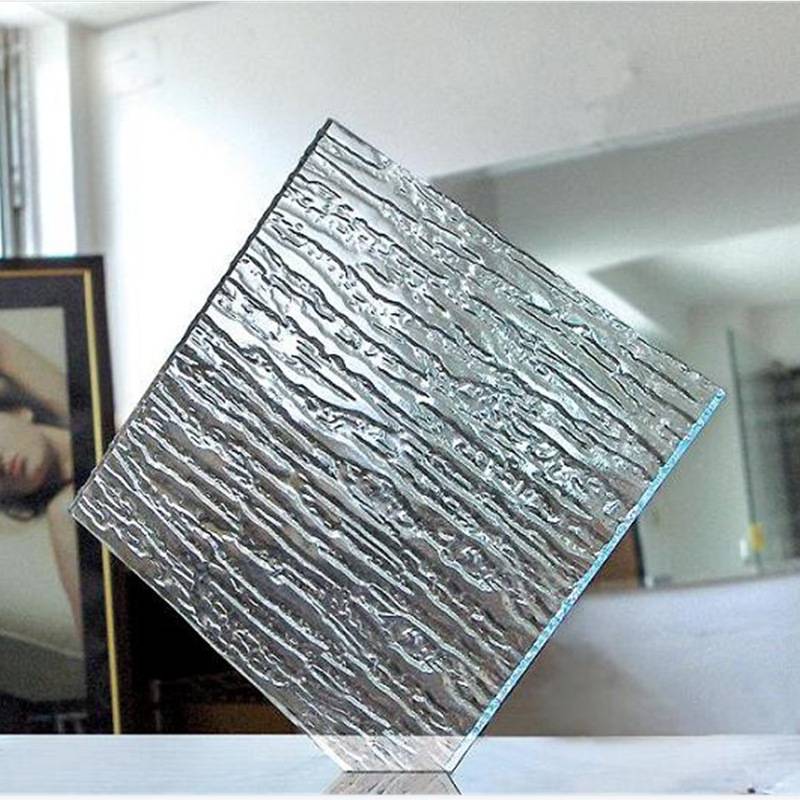دسمبر . 11, 2024 11:15
Obscure Glass Types for Windows A Comprehensive Overview
In the world of architectural design, windows play a crucial role not only in aesthetics but also in natural lighting, ventilation, and privacy. While clear glass is commonly used, a variety of obscure glass types are gaining popularity for their ability to enhance privacy without sacrificing light. This article explores different obscure glass types, their features, advantages, and applications.
What is Obscure Glass?
Obscure glass refers to glass that has been treated or manufactured in such a way that it diffuses light, minimizing visibility and creating privacy while still allowing natural light to enter a space. This kind of glass can be particularly useful in settings such as bathrooms, conference rooms, and private offices where maintaining a degree of privacy is essential.
Types of Obscure Glass
1. Frosted Glass Frosted glass is produced by sandblasting or acid etching the surface of clear glass. This treatment results in a translucent material that diffuses light and obscures vision effectively. Frosted glass is commonly used in bathroom windows, shower doors, and office partitions. This type of glass combines elegance with functionality, providing a stylish solution while ensuring private spaces remain discreet.
2. Textured Glass Textured glass incorporates various patterns, such as waves, ripples, or geometric shapes, molded into the surface of the glass. Each pattern has a distinct look and light-diffusing property. Textured glass is often used in decorative applications, such as glass doors and sidelights, enhancing both beauty and comfort. The unique patterns can add character to a space while still safeguarding against prying eyes.
3. Obscured Glass Obscured glass is typically created through a special coating that renders it opaque. This type of glass is ideal for applications where maximum privacy is required while allowing some light infiltration. It’s commonly found in restroom windows and entry doors, ensuring that the inside remains concealed from the outside world.
4. Etched Glass Etched glass features designs or patterns that are chemically engraved onto the surface of the glass. This technique allows for customization, making it a popular choice for decorative elements in both residential and commercial spaces. Etched glass can range from simple designs to intricate patterns, providing a stunning visual element while maintaining privacy.

5. Laminated Glass This type of glass consists of two or more layers of glass sandwiched with a plastic interlayer. While laminated glass can be clear, manufacturers can also produce obscure versions by incorporating treated glass layers within. The added safety features of laminated glass, combined with its potential for privacy, make it suitable for windows in high-traffic areas or locations prone to break-ins.
6. Wire Glass Wire glass integrates a wire mesh within the glass structure, which helps increase its strength and safety. While traditionally used for fire-rated windows, wire glass can also have an obscure appearance, offering privacy and security in settings like schools and industrial environments.
7. Smart Glass Emerging technology has introduced smart glass, which can change its light transmission properties. Such glass can go from clear to opaque with an electrical charge, providing ultimate flexibility in privacy management. This type of glass is particularly appealing in modern buildings where architects and designers seek versatile solutions that support both distinct aesthetics and functionality.
Applications and Benefits
The applications for obscure glass are vast. It is primarily used in residential bathrooms, commercial office spaces, and healthcare facilities. Key benefits include
- Enhanced Privacy Obscure glass ensures that activities within a space are not visible to outsiders. - Natural Light It allows natural light to illuminate interiors, reducing the need for artificial lighting. - Aesthetic Appeal Various textures and patterns can enhance the visual appeal of windows, contributing to the overall design theme. - Safety and Security Many types of obscure glass, such as laminated and wire glass, provide additional security features.
Conclusion
Obscure glass types offer versatile solutions to meet diverse architectural needs. By integrating beauty with functionality, these glass types enhance privacy while allowing natural light to infiltrate spaces. As building designs continue to evolve, the adoption of various obscure glass options will likely increase, adding dimension and comfort to both residential and commercial environments. Whether for practical purposes or aesthetic enhancements, obscure glass remains an enduring choice in modern architecture.
The Role of Mirror Glass in Luxury Interior Design
NewsJun.23,2025
The Best Textured Glass for Bathroom Windows
NewsJun.23,2025
Residential Glazing Energy Efficiency Requirements
NewsJun.23,2025
Float Glass Uses
NewsJun.23,2025
Clear Float Glass For Solar Panel Covers
NewsJun.23,2025
Benefits Of Using A Glass Mouse Pad Over Traditional Ones
NewsJun.23,2025